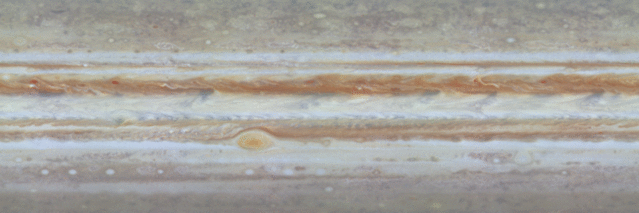 |
This is a file from the Wikimedia Commons. Information from its description page there is shown below.
Commons is a freely licensed media file repository. You can help.
|
 |
This is a featured picture, which means that members of the community have identified it as one of the finest images on the English Wikipedia, adding significantly to its accompanying article. If you have a different image of similar quality, be sure to upload it using the proper free license tag, add it to a relevant article, and nominate it. |
|
|
|

|
  This is a featured picture on the English language Wikipedia ( Featured pictures) and is considered one of the finest images. This is a featured picture on the English language Wikipedia ( Featured pictures) and is considered one of the finest images.
If you think this file should be featured on Wikimedia Commons as well, feel free to nominate it.
If you have an image of similar quality that can be published under a suitable copyright license, be sure to upload it, tag it, and nominate it.
|
|
|
Summary
| Description |
English: Original Caption Released with Image:"The first colour movie of Jupiter from NASA's Cassini spacecraft shows what it would look like to peel the entire globe of Jupiter, stretch it out on a wall into the form of a rectangular map, and watch its atmosphere evolve with time.
The brief movie clip spans 24 Jupiter rotations between Oct. 31 and Nov. 9, 2000.
Various patterns of motion are apparent all across Jupiter at the cloudtop level seen here. The Great Red Spot shows its counterclockwise rotation, and the uneven distribution of its high haze is obvious. To the east (right) of the Red Spot, oval storms, like ball bearings, roll over and pass each other. Horizontal bands adjacent to each other move at different rates. Strings of small storms rotate around northern-hemisphere ovals. The large grayish-blue "hot spots' at the northern edge of the white Equatorial Zone change over the course of time as they march eastward across the planet. Ovals in the north rotate counter to those in the south. Small, very bright features appear quickly and randomly in turbulent regions, candidates for lightning storms.
The clip consists of 14 unevenly spaced timesteps, each a true color cylindrical projection of the complete circumference of Jupiter, from 60 degrees south to 60 degrees north. The maps are made by first assembling mosaics of six images taken by Cassini's narrow-angle camera in the same spectral filter over the course of one Jupiter rotation and, consequently, covering the whole planet. Three such global maps -- in red, green and blue filters -- are combined to make one colour map showing Jupiter during one Jovian rotation. Fourteen such maps, spanning 24 Jovian rotations at uneven time intervals comprise the movie. The maps were reduced in scale by a factor of two to make them accessible on the Internet at reasonable rates. Occasional appearances of Io, Europa, and their shadows have not been removed.
The smallest visible features at the equator are about 600 kilometers (about 370 miles) across. In a map of this nature, the most extreme northern and southern latitudes are unnaturally stretched out. Cassini is a cooperative project of NASA, the European Space Agency and the Italian Space Agency. The Jet Propulsion Laboratory, a division of the California Institute of Technology in Pasadena, manages the Cassini mission for NASA's Office of Space Science, Washington, D.C.
|
| Date |
Oct. 31 and Nov. 9, 2000 |
| Source |
From http://photojournal.jpl.nasa.gov/catalog/PIA02863 |
| Author |
NASA/JPL/University of Arizona |
Permission
( Reusing this file) |
PD-USGOV-NASA.
|
 |
This image or video was catalogued by Jet Propulsion Lab of the United States National Aeronautics and Space Administration (NASA) under Photo ID: PIA02863.
This tag does not indicate the copyright status of the attached work. A normal copyright tag is still required. See Commons:Licensing for more information.
|
Licensing
| Public domainPublic domainfalsefalse |
 |
This file is in the public domain because it was solely created by NASA. NASA copyright policy states that "NASA material is not protected by copyright unless noted". (See Template:PD-USGov, NASA copyright policy page or JPL Image Use Policy.) |
|
|
|
Warnings:
- Use of NASA logos, insignia and emblems are restricted per US law 14 CFR 1221.
- The NASA website hosts a large number of images from the Soviet/ Russian space agency, and other non-American space agencies. These are not necessarily in the public domain.
- Materials based on Hubble Space Telescope data may be copyrighted if they are not explicitly produced by the STScI. See also {{ PD-Hubble}} and {{ Cc-Hubble}}.
- The SOHO (ESA & NASA) joint project implies that all materials created by its probe are copyrighted and require permission for commercial non-educational use.
- Images featured on the Astronomy Picture of the Day (APOD) web site may be copyrighted.
|
File usage
The following pages on Schools Wikipedia link to this image (list may be incomplete):





